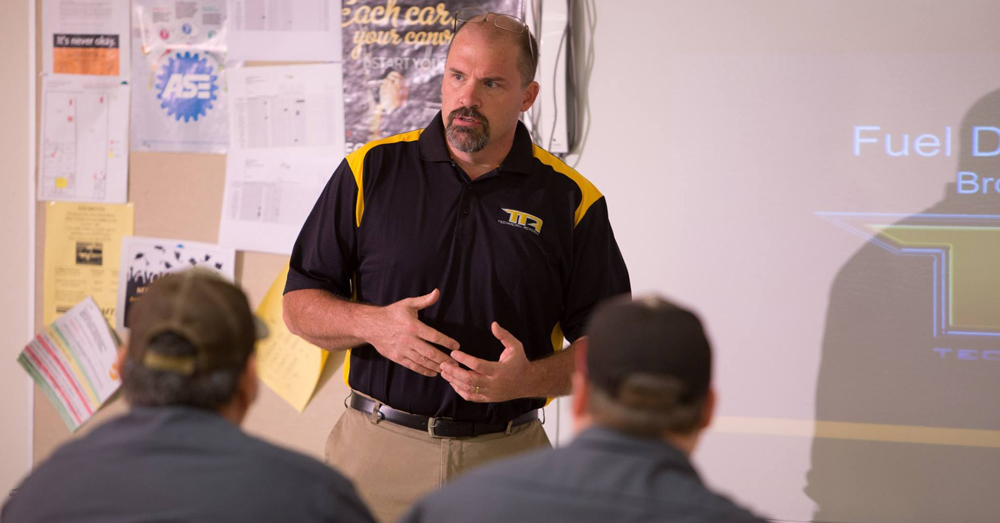Fuel systems and electrical have become some of the most complex components of vehicles. With the advent of electronic fuel injection (EFI), fuel delivery systems became exponentially more difficult to understand than their earlier counterparts: engines with carburetors. If you understand and can repair EFI, you have the ability to fix the most complex mechanical component of a vehicle’s motor. That skill will make you invaluable in a garage.
The same can be said for having a general understanding of the electrical system within a modern vehicle. The second most difficult aspect of repairing a late-model vehicle is electrical diagnostics. The ability to understand the systematic diagnosis of a vehicle once it is analyzed by a diagnostics system separates a good mechanic from most others.
What Makes EFI Systems So Complex
The reason that electronic fuel injection systems constitute the most complex mechanical aspect of a vehicle is because each one is composed of four components and each component has a variety of parts in and of itself.
Fuel System — The fuel system consists of the fuel tank, the high pressure fuel pump, the fuel filter and rail, injectors and a fuel pressure regulator.
Measuring Component — Among the measuring components are the intake air temperature sensor, the coolant temperature sensor, the oxygen or Lambda sensor, the throttle position sensor, the idle air control valve, the mass air flow sensor, and the manifold absolute pressure sensor.
Ignition — The ignition includes the coil, spark plugs, the spark plug wires and the distributor.
Software and Engine Control Unit — These two components constitute what most people refer to as the computer.
The Complexion of the Complexity of Modern Vehicle Electrics
The reason the electrical of late-models is so critical for a mechanic to understand is because electricity runs to almost every facet of a modern vehicle. From wipers to windows and seat warmers, to the electronic fuel injection, backing and blind spot sensors, and everything in between including sun roofs, digital dashboards and in-seat televisions, a vehicle’s electric system is the most daunting aspect of working on a modern day vehicle.
Even the rudimentary skill of being able to find a short can be handy; almost more valuable in the repair of late-model vehicle issues than the ability to tear down an engine and rebuild it.
Facebook Status Update: If you had to learn to work on two aspects of a vehicle–with the objective being for you to land a job–understanding electronic fuel injection and vehicle electrical systems would be your two highest priorities.
Twitter Status Update: Anyone can loosen a nut or tighten a bolt, but if you want to make the big bucks, learn EFI and electrical systems.

